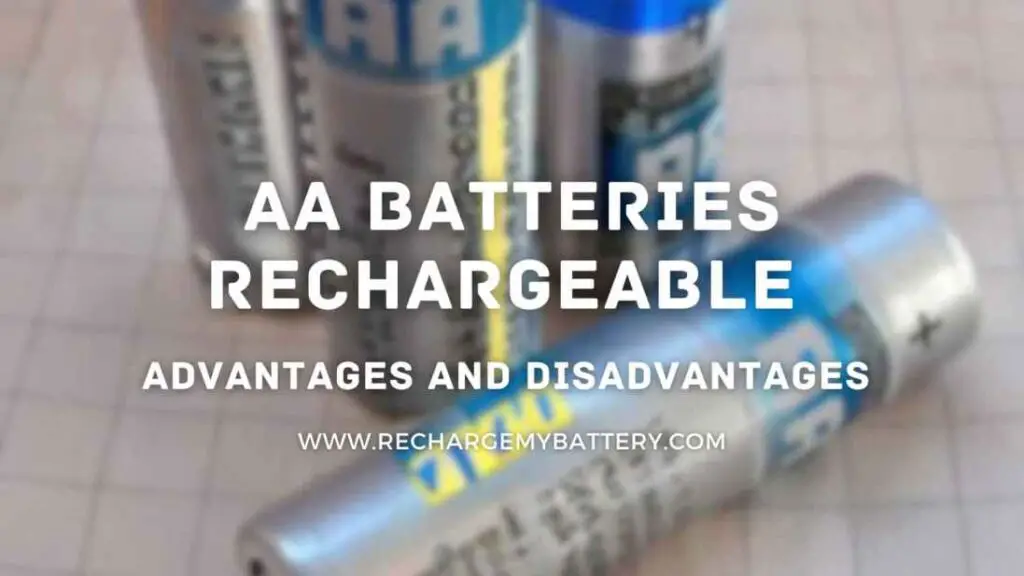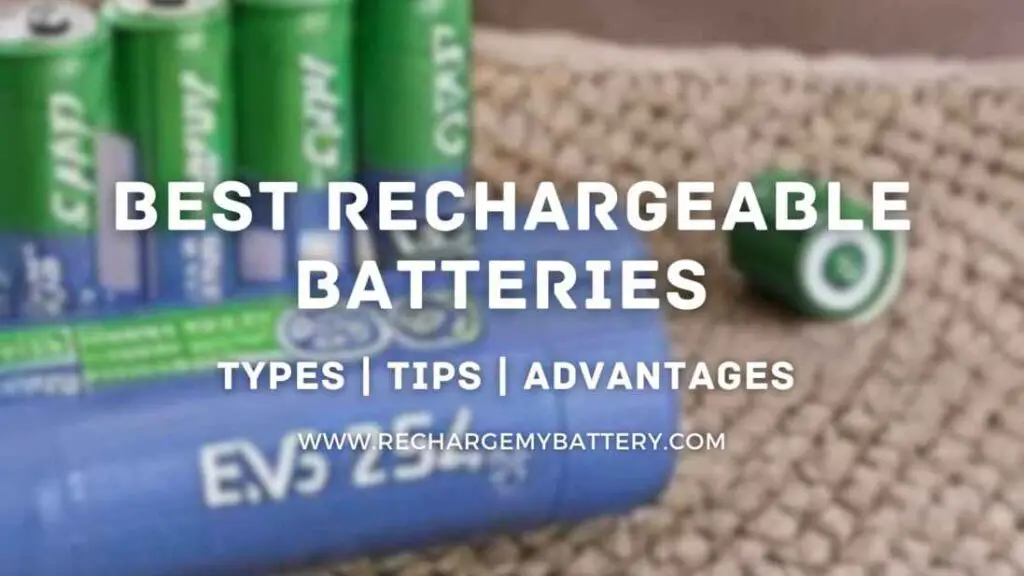In recent years, there has been a growing demand for advanced rechargeable batteries with high energy density and long-lasting performance. Lithium-ion batteries have emerged as a popular choice due to their impressive characteristics. However, when it comes to 1.5-volt lithium-ion rechargeable batteries, the United States faces some challenges. In this article, we will explore the reasons behind this limitation and delve into the complexities involved in their production.
The Limitations of Voltage
One of the challenges in producing 1.5-volt lithium-ion rechargeable batteries lies in the voltage limitation. Traditional alkaline batteries, such as AA and AAA, operate at 1.5 volts, and many devices are designed to work specifically with this voltage. However, lithium-ion batteries typically have a nominal voltage of around 3.6 to 3.7 volts per cell. As a result, they are not directly compatible with devices that require 1.5 volts.
Chemical Composition and Manufacturing Challenges
The chemical composition of lithium-ion batteries contributes to their high energy density but also poses challenges in achieving a lower voltage. The choice of materials for the battery’s electrodes, electrolyte, and separators affects its overall performance and voltage characteristics. Designing a lithium-ion battery with a lower voltage while maintaining its other desirable qualities presents significant manufacturing challenges.
Market Demand and Cost Considerations
Another factor that hinders the production of 1.5-volt lithium-ion rechargeable batteries in the United States is the market demand and cost considerations. The majority of devices using 1.5-volt batteries are designed to be compatible with disposable alkaline batteries, which are readily available and inexpensive. Adapting devices and infrastructure to accommodate 3.6-volt lithium-ion batteries would require significant investment and design modifications, making it less economically feasible.
Alternative Solutions and Future Prospects
Although 1.5-volt lithium-ion rechargeable batteries may not be prevalent in the United States, alternative solutions exist. One option is the use of voltage converters or step-down regulators to adapt the higher voltage of lithium-ion batteries to match the requirements of devices designed for 1.5-volt batteries. Additionally, ongoing research and development efforts aim to improve the performance and lower the voltage of lithium-ion batteries, potentially making them more suitable for widespread use.
Conclusion
In conclusion, the United States faces challenges in manufacturing 1.5-volt lithium-ion rechargeable batteries due to limitations in voltage, chemical composition, market demand, and cost considerations. While lithium-ion batteries offer numerous advantages, their higher nominal voltage makes them incompatible with devices designed for 1.5-volt batteries. Alternative solutions such as voltage converters and ongoing research may pave the way for future advancements in this area.
FAQs
Q1. Can I use a 3.6-volt lithium-ion battery in devices that require 1.5-volt batteries?
No, 3.6-volt lithium-ion batteries are not directly compatible with devices designed for 1.5-volt batteries. The higher voltage can potentially damage or malfunction the device.
Q2. Are there any rechargeable batteries available in the market that offer 1.5-volt output?
Yes, there are rechargeable batteries available that provide 1.5-volt output. However, these batteries often use alternative chemistries, such as nickel-metal hydride (NiMH) or nickel-zinc (NiZn).
Q3. Why are alkaline batteries more common than lithium-ion batteries in everyday devices?
Alkaline batteries have been widely adopted in everyday devices due to their lower cost, widespread availability, and compatibility with devices designed for 1.5-volt batteries.
Q4. Are there any plans to develop 1.5-volt lithium-ion batteries in the future?
Research and development efforts are ongoing to explore ways to lower the voltage of lithium-ion batteries while maintaining their desirable characteristics. However, the production of 1.5-volt lithium-ion batteries on a large scale faces significant challenges.
Q5. Can I convert the voltage of a lithium-ion battery to 1.5 volts for my device?
Yes, voltage converters or step-down regulators can be used to adapt the higher voltage of a lithium-ion battery to match the requirements of devices designed for 1.5-volt batteries.

